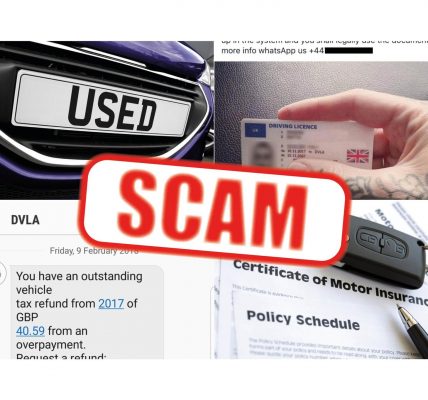Almost 3m unroadworthy vehicles given an MOT as testers miss critical faults
DVSA figures reveal expert examiners disagree with more than 16 per cent of test results
Almost one in seven vehicles granted a MOT in 2019-20 should have failed, according to figures from the Driver and Vehicle Standards Agency (DVSA).
Analysis of the agency’s annual MOT Compliance Survey shows that 13.58 per cent of vehicles passed the test despite having at least one fail-worthy defect, with testing missing potentially dangerous faults on many cars.
That equates to 2.9 million cars, bikes and vans allowed on the road despite not meeting the test standard for roadworthiness.
The figures were revealed in an investigation by consumer platform What Car? which also found that just over three per cent of vehicles which failed the MOT should have passed.
For the 2019-20 survey expert examiners from the DVSA retested 1,671 vehicles which had undergone MOTs, disagreeing with a total of 16.82 per cent of results.
In 70 per cent of cases, the DVSA found at least one defect which the MOT test station missed or had incorrectly recorded, while its experts disagreed with three or more defects in 56.5 per cent of cases.
Read More
Revealed: The cars most likely to pass their MOT, plus the models to avoid
The MOT test covers many safety critical features of a vehicle, including the brakes, suspension and tyres and, worryingly, the latest figures show these were the areas with the most disagreements between MOT testers and the DVSA examiners. Brakes had the highest number of misdiagnosed defects, at 17.74 per cent, followed by suspension (14.56 per cent), tyres (13.22 per cent), and lights, reflectors and electrical equipment (11.51 per cent).
Steve Huntingford, editor, What Car?, said: “Our investigation has shown the significant differences between the DVSA’s own testing standards and those upheld by some in the industry. This poses a serious concern, with potentially hazardous vehicles being allowed to remain on the road, putting their drivers and other road users at risk. It also complicates matters for used buyers who often rely on a vehicle’s MOT history as an indicator for a car’s safety and reliability.”
As a result of the survey’s findings, the DVSA issued 24 disciplinary action recordings and 179 advisory warning letters to test sites which between them were responsible for 12 per cent of all vehicles re-tested.
Chris Price, DVSA’s head of MOT policy, said: “We carry out the MOT Compliance Survey to maintain MOT standards. The survey targets a random selection of vehicles and is designed to identify problems with MOT testing in order that we can put them right.
“The public can play their part in maintaining high MOT standards by reporting any concerns to us on Gov.uk.”










